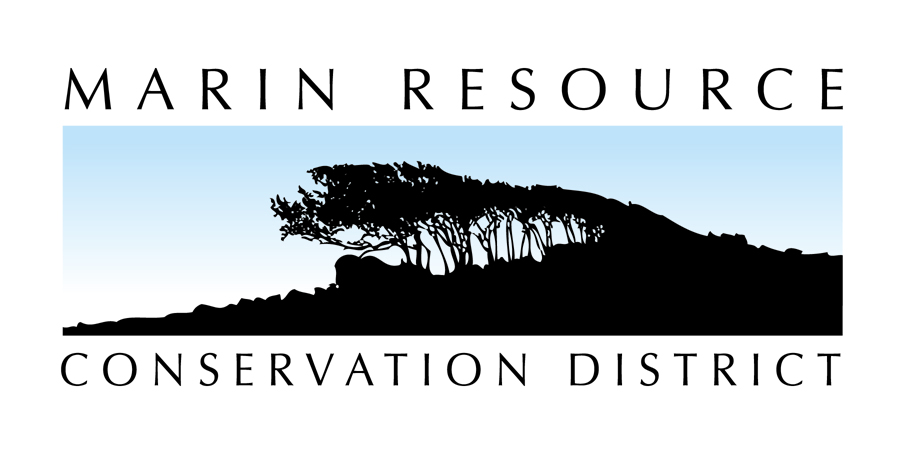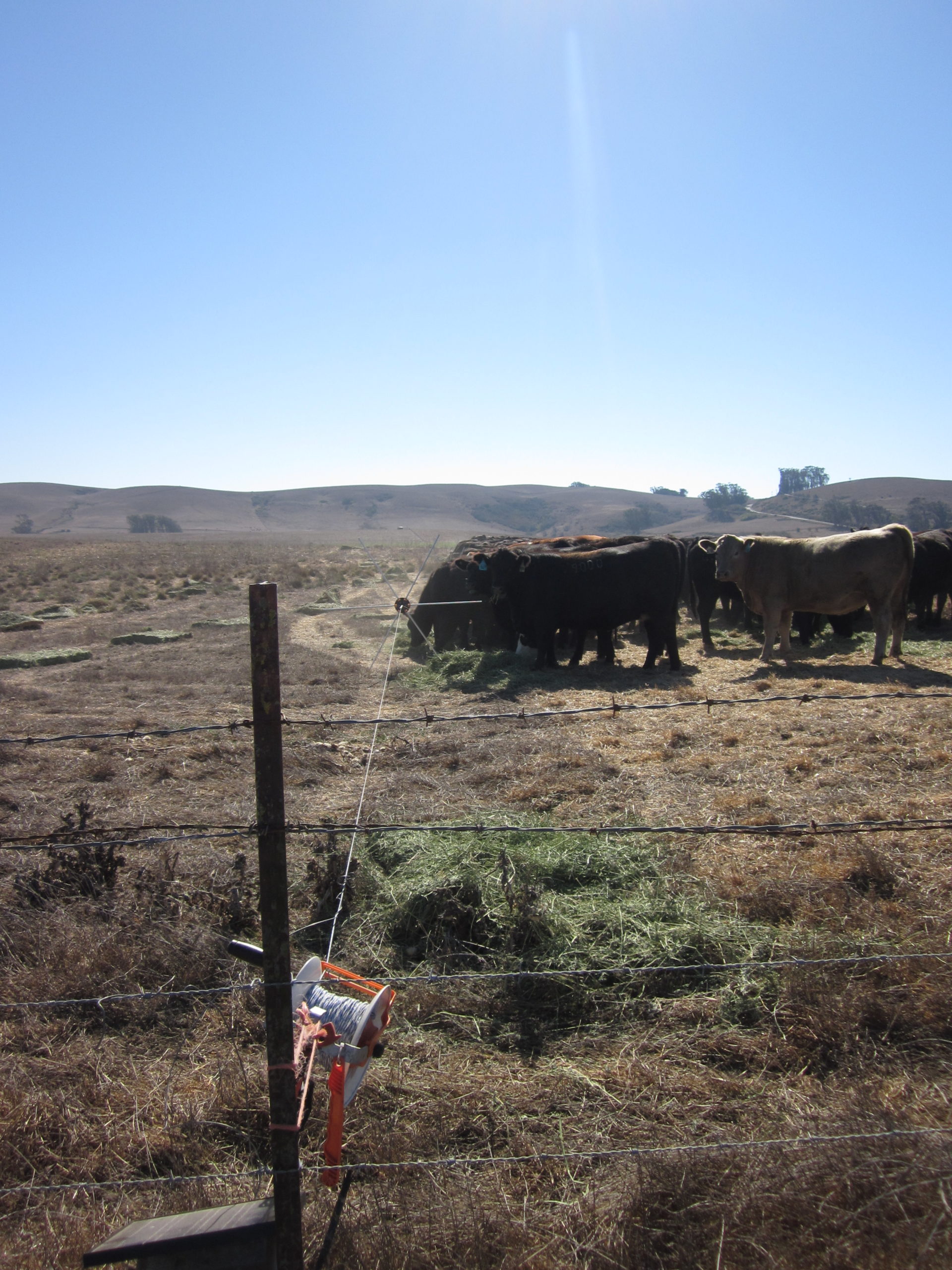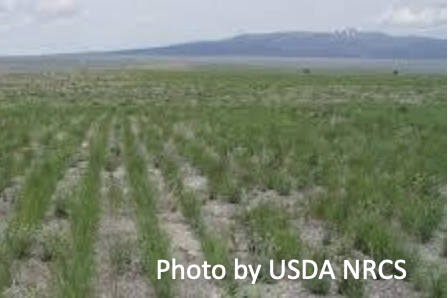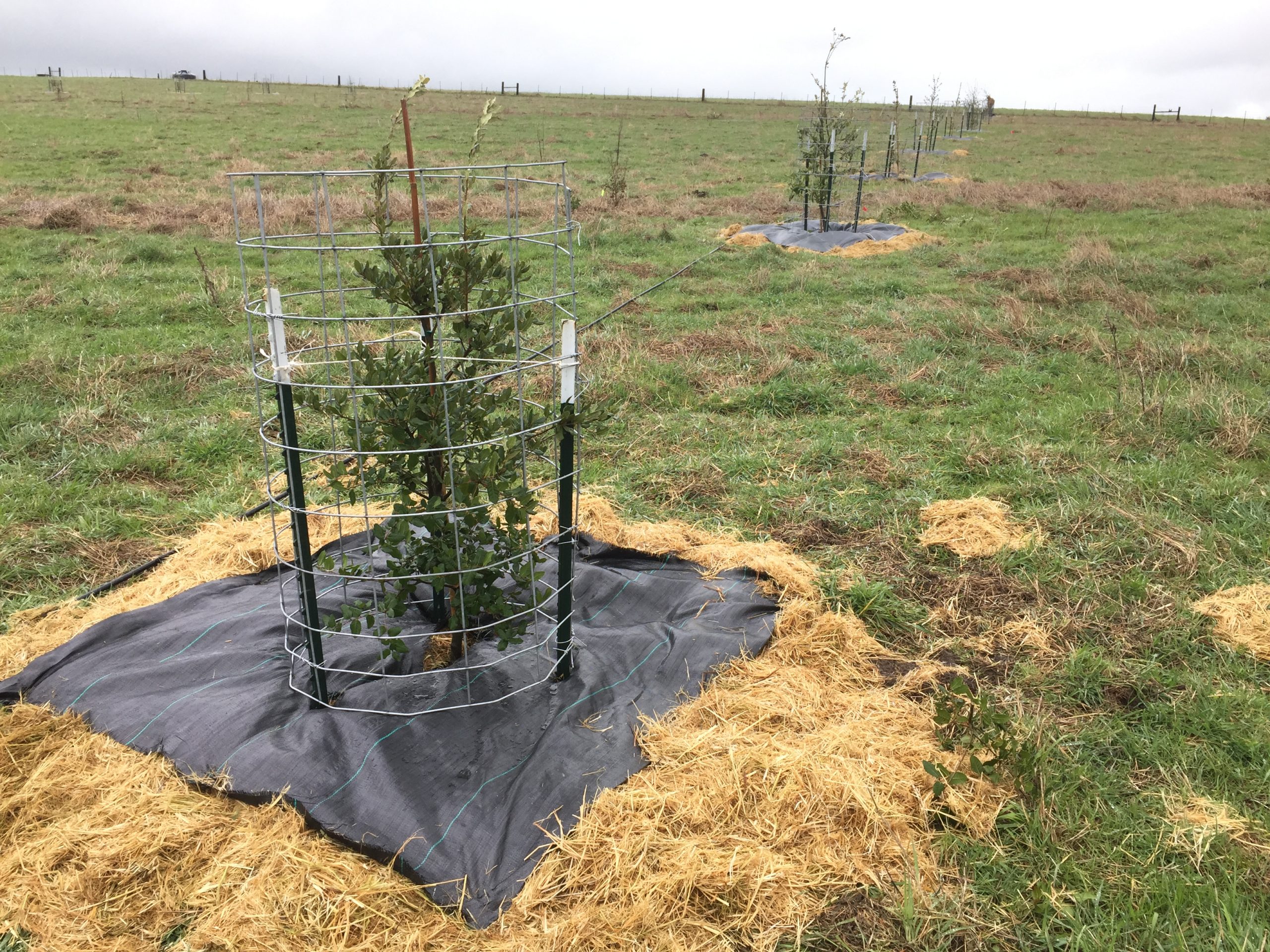CARBON FARMING
Design and Implementation
Practice-Specific Resources
Below are helpful documents about the county’s most common carbon farming practices for design and implementation purposes. Much of the information is tailored to Marin County.
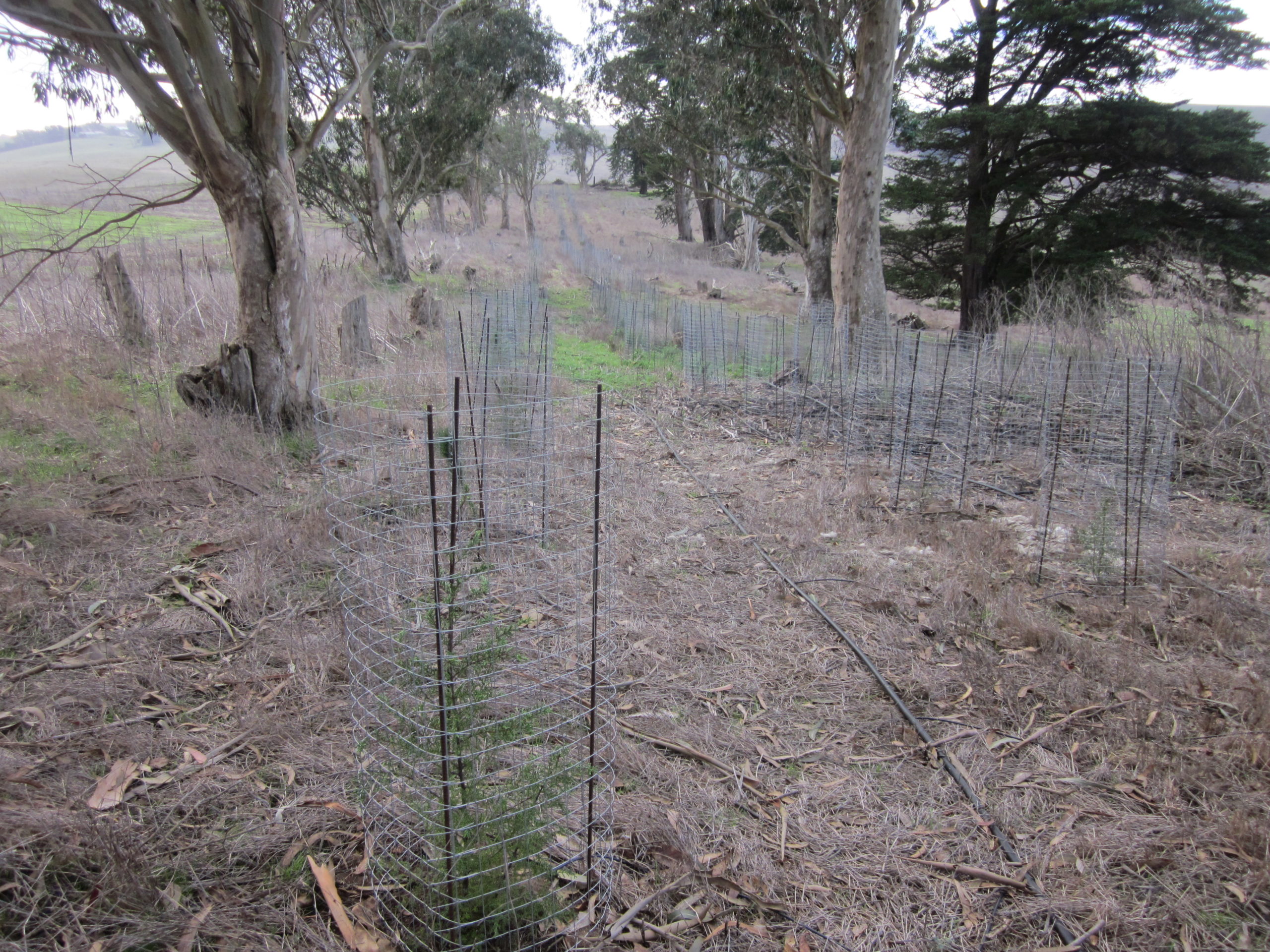
Windbreak / Shelterbelt
MRCD’s Guide to Windbreak/Shelterbelt Establishment
NRCS Practice Overview, Windbreak/Shelterbelt
NRCS Standard, Windbreak/Shelterbelt
NRCS Specifications, Windbreak/Shelterbelt
Local Design and Implementation Assistance for Planting Projects
Online Tools to Assist in Native Plant Selection
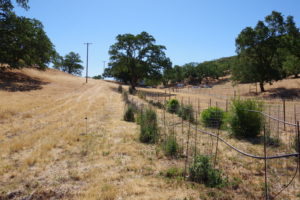
Hedgerow Planting
MRCD’s Guide to Hedgerow Planting
Tending the Edges: The Benefits of Hedgerows on Bay Area Working Lands
Fibershed’s Guide to Hedgerow Planting
NRCS Practice Overview, Hedgerow
Local Design and Implementation Assistance for Planting Projects
Online Tools to Assist in Native Plant Selection
Native Plants Adapted to Marin County, listed by practice
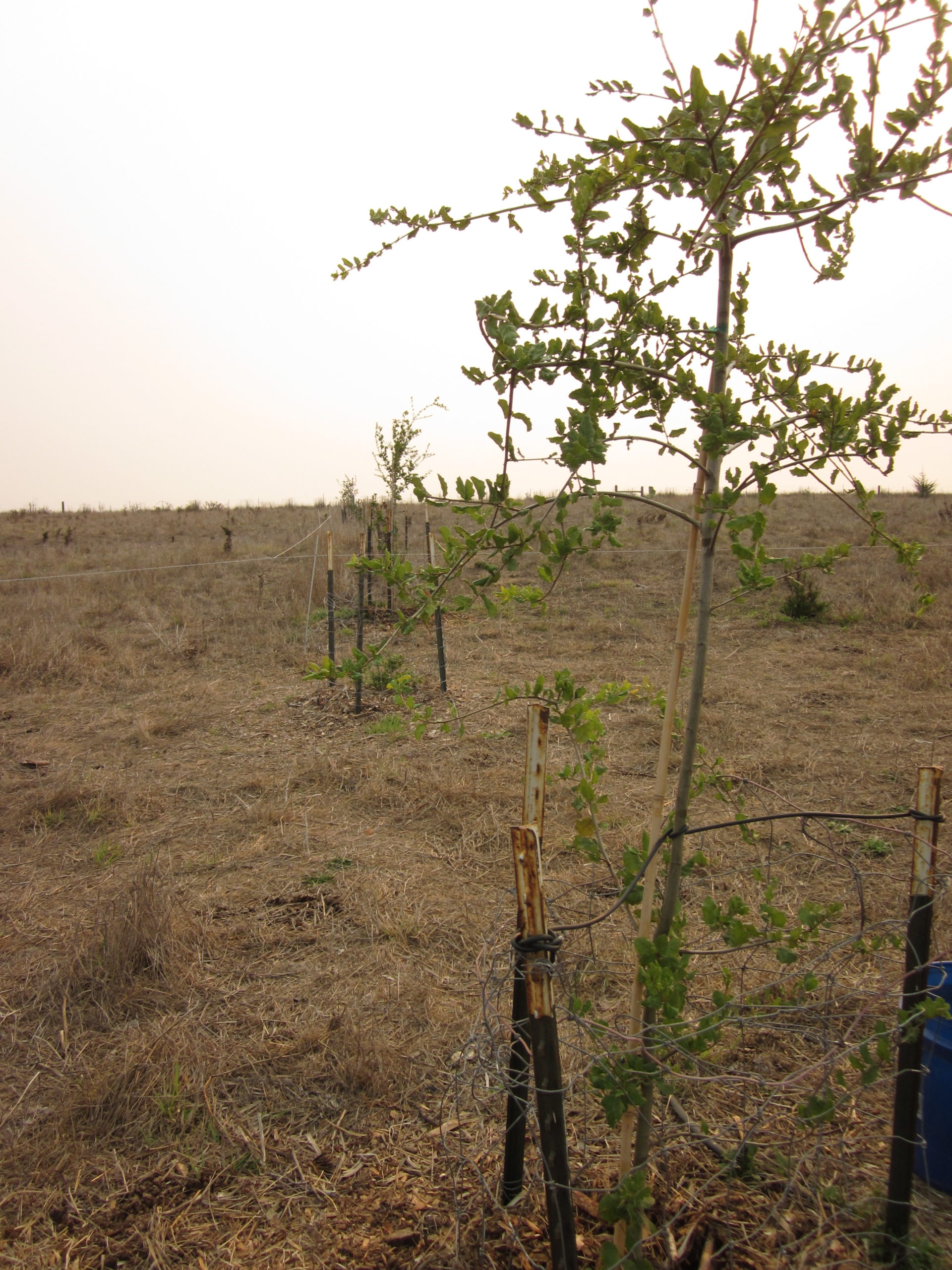
Tree / Shrub Establishment
MRCD’s Guide to Tree/Shrub Establishment
NRCS Practice Overview, Tree/Shrub Establishment
NRCS Standard, Tree/Shrub Establishment
Local Design and Implementation Assistance for Planting Projects
Online Tools to Assist in Native Plant Selection
Native Plants Adapted to Marin County, listed by practice
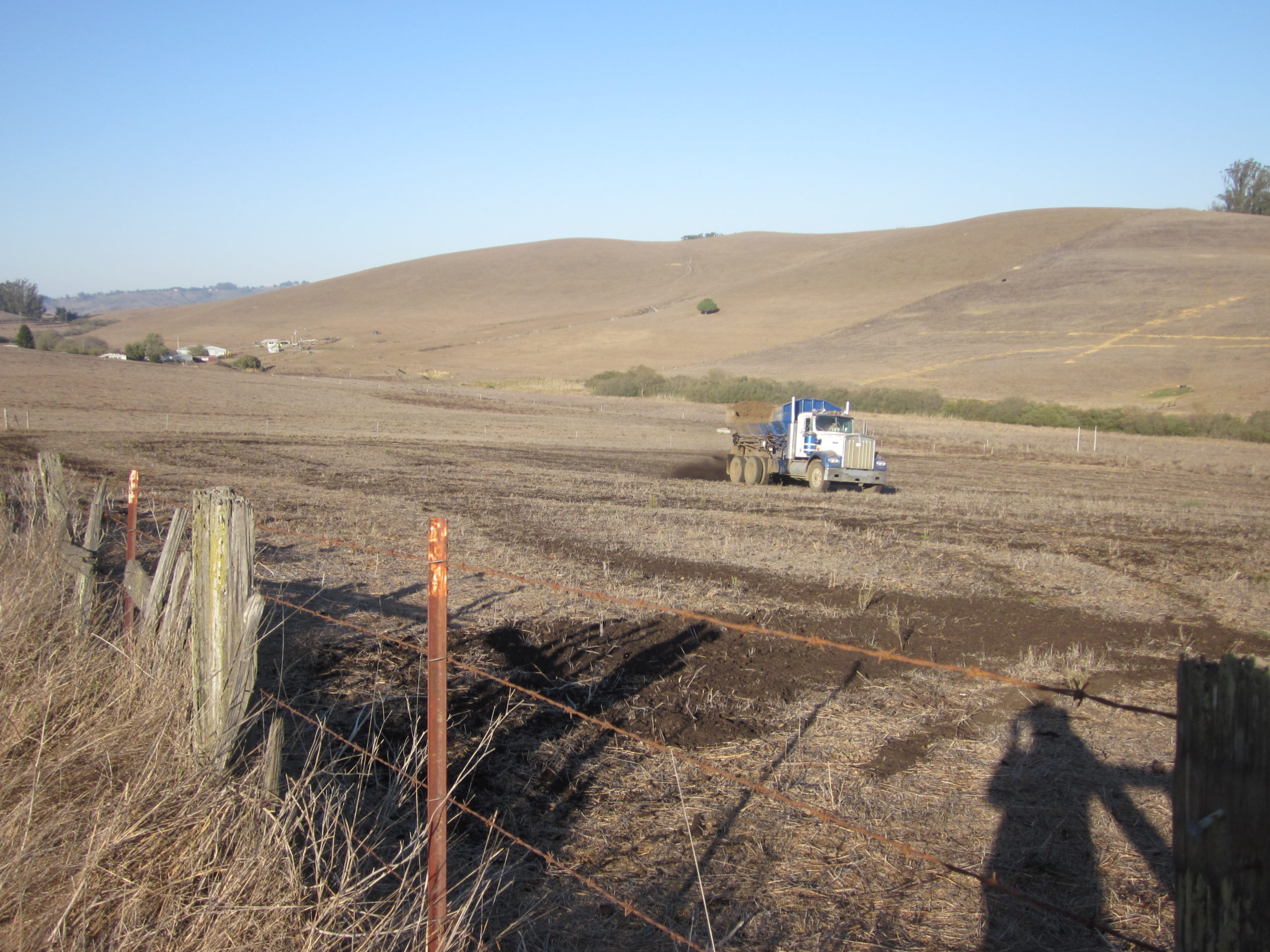
Compost
Farms News Article: Compost Application to Rangelands
May 11, 2020 Compost and HSP Webinar
May 11, 2020 Compost Webinar Slides
MRCD’s Guide to Compost Application
Marin County Compost Cost Estimate Calculator
Fibershed’s Guide to Compost Application
Compost Application Rate, White Paper
Local Compost Facilities, Haulers, and Spreaders List
Free Compost: Zero Foodprint Compost Connector Program
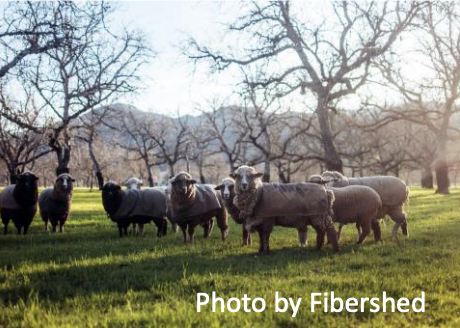
Silvopasture
Fibershed’s Guide to Silvopasture
NRCS Practice Overview, Silvopasture
NRCS Diagram of Effects, Silvopasture
Missouri NRCS Information Sheet, Silvopasture
Photo of Example Silvopasture Set-up, True Grass
Local Design and Implementation Assistance for Planting Projects
Online Tools to Assist in Native Plant Selection
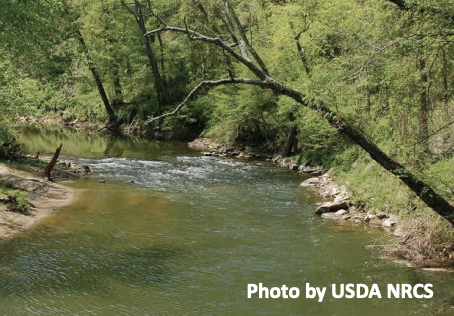
Riparian Forest Buffer
MRCD’s Guide to Riparian Forest Buffer
NRCS Practice Overview, Riparian Buffer
NRCS Standard, Riparian Buffer
Local Design and Implementation Assistance for Planting Projects
Online Tools to Assist in Native Plant Selection
Native Plants Adapted to Marin County, listed by practice
Local Native Plant Suppliers/Nurseries
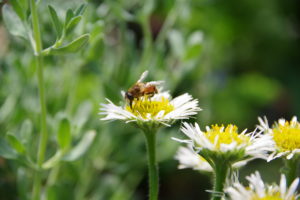
Wildlife Planting
(including for Pollinators such as Monarchs)
NRCS Standard, Wildlife Habitat Planting
NRCS Practice Overview, Wildlife Habitat Planting
Sonoma County Milkweed Planting Guide
Farm News Article: Supporting Monarchs
Monarchs and Milkweed in Marin Brochure
Carbon Farming for Pollinators
Navigating Nurseries Tips and Tricks
USDA Animal and Plant Health Inspection Service
Questions to ask nurseries about plant growing and maintience practices
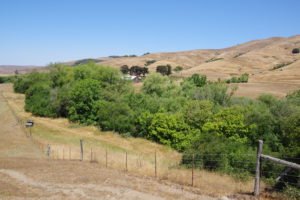
Supporting Practice: Fence
Fence – Barbed, Smooth, Woven Wire (CPS 382). NRCS, California. Practice Standard.
Fence – Electric (CPS 382C). NRCS, California. Practice Standard.
Wildlife-Friendly Fence (CPS 382), NRCS, California. Practice Standard.
Wildlife-Friendly Fencing, Excerpt from Marin RCD’s Tending the Edges Hedgerow Publication, 2022.
“Planning and Building Fences on the Farm”, University of Tennessee Agricultural Extension.
Marin RCD’s Carbon Farming Program:
Designs and Implementation
Marin RCD, in collaboration with our partners (see sidebar), provides technical and financial assistance to landowners and land stewards to plan, design, and implement projects on West Marin working lands that promote soil and watershed health, wildlife habitat, greenhouse gas sequestration, and restoration education for local K-12 students.
Our carbon farming program first engages land stewards by creating Carbon Farm Plans to guide future implementation of NRCS practices that sequester carbon or reduce emissions. Practices include: conservation cover, residue and tillage management, cover cropping, critical area planting, multistory cropping, filter strip, grassed waterway, hedgerow planting, compost application, forage biomass planting, prescribed grazing, range planting, riparian forest buffer, riparian restoration, riparian herbaceous cover, wetland restoration, tree and shrub establishment, windbreak establishment, silvopasture establishment, combustion system improvement, land reclamation and landslide treatment, anaerobic digester, and landfill emissions reduction through on-site compost production. Also included in our plans and program include the following supporting practices: riparian fence, water development, grade stabilization structure, spring development, streambank protection, and stream channel stabilization. After a Carbon Farm Plan is created, a land steward can implement practices on their own, seek technical and financial assistance from Marin RCD and/or our partners, or apply to implementation grants on their own (see the table linked in the “Funding” sidebar for more information).
Some expected co-benefits of implementing carbon farming practices include: improving the ability of farmers and ranchers to adapt to existing and future impacts of drought and climate change by increasing groundwater recharge and soil water-holding capacity (a 1% increase in soil organic matter – a majority of which is carbon – will hold 20,000 gallons more water per acre!); increasing on-farm plant diversity; preserving, improving and/or enhancing wildlife habitat; reducing GHG emissions; and increasing agricultural productivity.
Funding Overview
Various funding programs can provide cost-share, incentive, or full funding for conservation and carbon farming projects in Marin.
At times, Marin RCD is awarded private or public funds to administer for the design and implementation of Carbon Farm Plan practices on private working lands in Marin County. If you have questions about current funding opportunities through Marin RCD, we recommend that you call us at 415-663-1170, email us at marinrcd@marinrcd.org, or fill out the form below.
Contact Marin RCD For financial or technical assistance
Carbon Farming Implementation Partners
- Point Blue Conservation Science
- USDA’s Natural Resource Conservation Service (NRCS)
- Marin Agricultural Land Trust
- Point Reyes National Seashore
- Fibershed
- Carbon Cycle Institute
- UC Cooperative Extension
- Conservation Corps of the North Bay
- County of Marin, Drawdown: Marin
Thank you to the funding agencies who have supported Marin Carbon Project and Marin RCD’s Carbon Farming Program:
- Marin Agricultural Land Trust’s Stewardship Assistance Program
- USDA’s Natural Resource Conservation Service (NRCS)
- Wildlife Conservation Board
- State Coastal Conservancy
- Marin County Measure A
- California Department of Food and Agriculture (CDFA)
- The 11th Hour Foundation
- Marin Community Foundation
- The Seed Fund
- Let’s Give a Shuck, Hog Island Oyster Co.
- The ROAR Foundation
